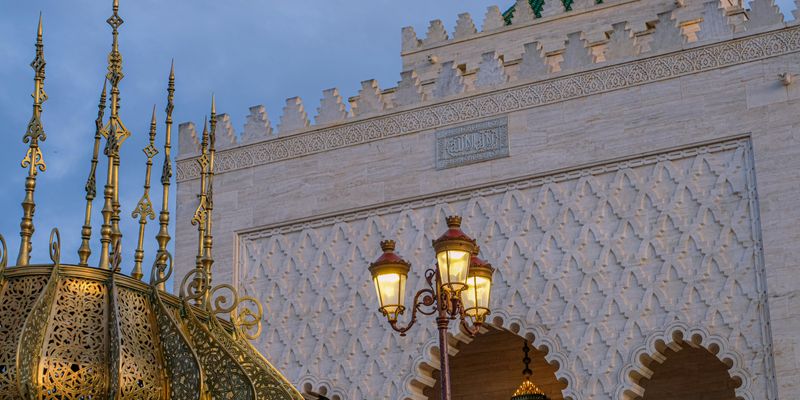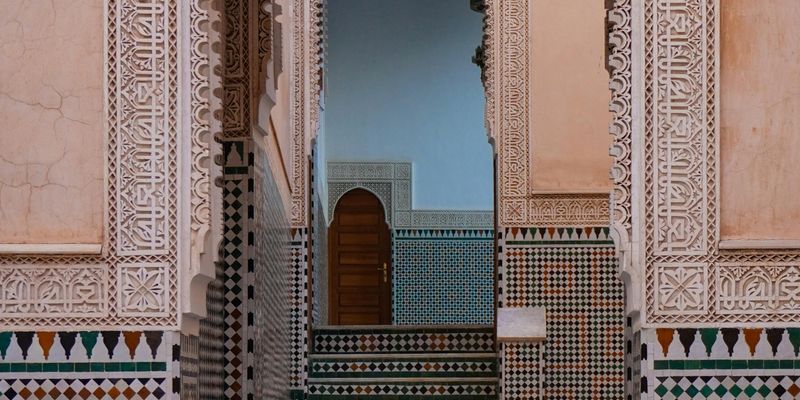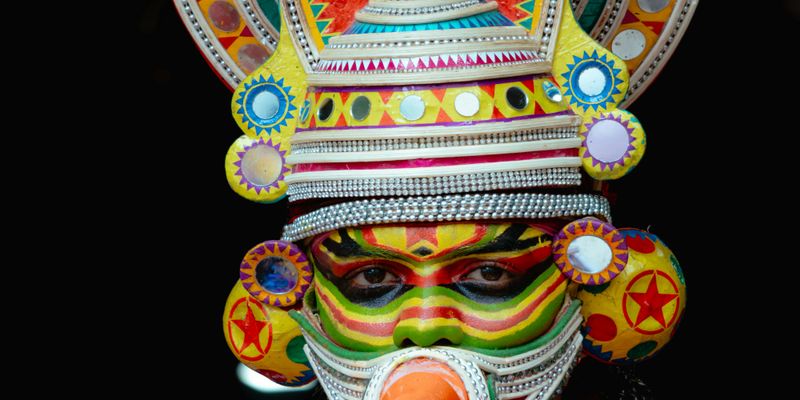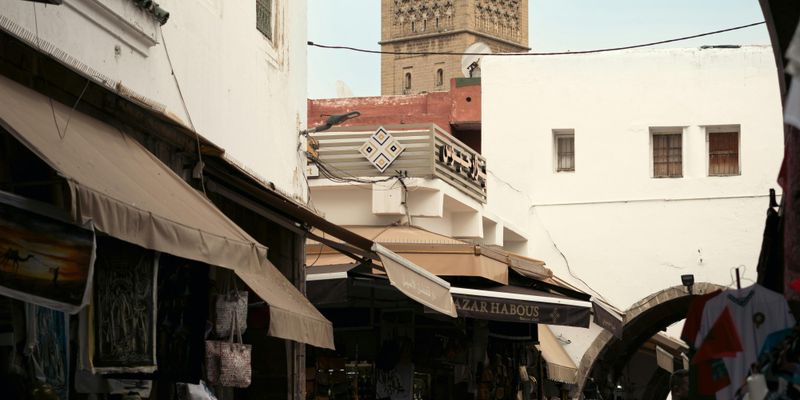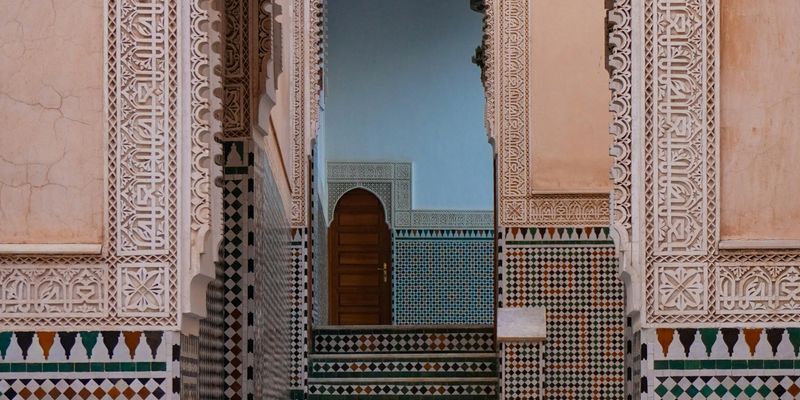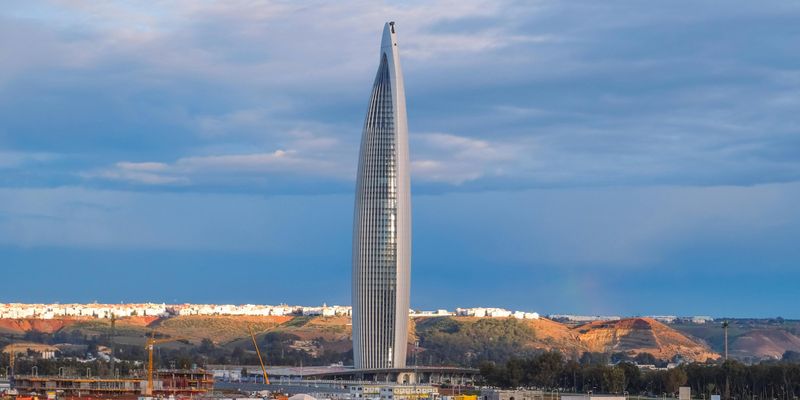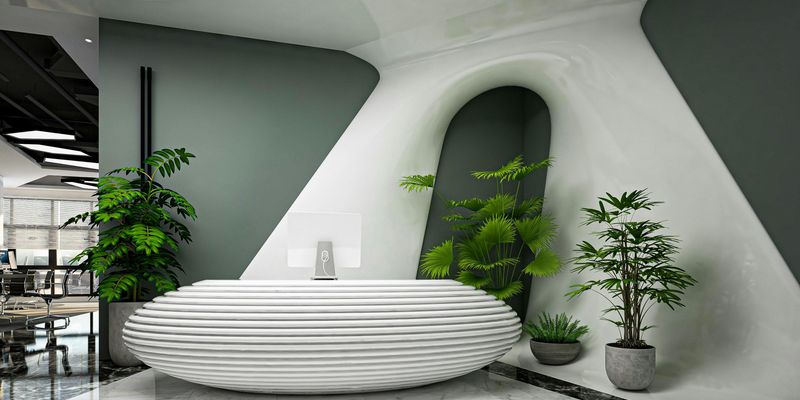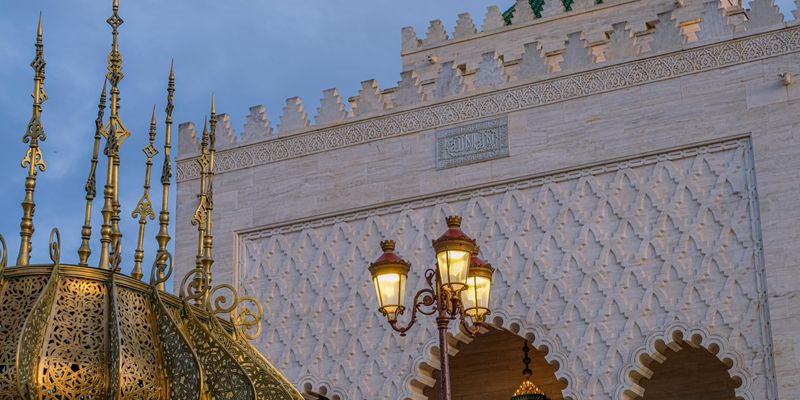
Welcome to Morocco’s Intriguing Past
As a Moroccan blogger, I am often asked about what makes my country so unique. One of the most compelling aspects is Morocco’s rich and diverse history—which is, without a doubt, a treasure trove for any traveler. With influences from Berber, Arab, and European cultures, the historical landscape of Morocco is as dynamic and colorful as the country itself.
The Marvel of Ancient Cities
From the moment I step into the ancient city of Fes, I feel as if I’ve traveled back in time. Fes is home to one of the world’s oldest universities, Al Quaraouiyine, founded in 859 AD. Its labyrinthine streets, decorated with vibrant tiles and historical architecture, offer a glimpse into the scholarly richness that has flourished here for centuries. Walking through the narrow lanes, you’ll hear artisans at work, creating everything from intricate zellige (mosaic) patterns to beautiful leather goods. This city is a living museum, brimming with stories waiting to be discovered.
Essaouira: The Port of Pirates and Artists
Next, my heart treasures the coastal town of Essaouira, a UNESCO World Heritage site known for its stunning fortified medina and colorful souks. The windswept beaches and lively port were once a haven for pirates and traders. As you stroll along the ramparts, the salty breeze carries whispers of the past. You can't help but feel the presence of famous figures like Jimi Hendrix, who found inspiration in its enchanting streets. Essaouira is a testament to Morocco’s maritime history and a vibrant hub for contemporary artists and musicians, blending the old with the new.
Exploring the Ruins of Volubilis
For history enthusiasts, a visit to the ancient Roman ruins of Volubilis is a must. Located about an hour from Meknes, these well-preserved ruins feature intricate mosaics that date back to the 3rd century. Walking among the crumbling columns and remnants of Roman life, I was struck by how these stones tell stories of an era when this area was a bustling provincial capital. It’s fascinating to see how the Romans adapted to local cultures and how their influence can still be felt in Moroccan traditions today.
The Cultural Melting Pot of Marrakech
No exploration of Morocco’s history would be complete without a dive into the vibrant city of Marrakech. The historical Jemaa el-Fnaa square comes alive with storytellers, musicians, and food vendors. Here, you can sample delicious traditional dishes like tagine and sweet pastilla while watching a traditional dance performance. The nearby Koutoubia Mosque, with its striking minaret, serves as a symbol of the city’s rich Islamic heritage. Each visit to Marrakech feels like embarking on a new chapter of Morocco’s ongoing narrative.
Conclusion: A Journey Through Time
Traveling through Morocco is not just about seeing sights—it's about experiencing a tapestry of history woven with diverse cultural threads. The warmth of the Moroccan people, the flavors of our traditional cuisine, and the stunning architecture form an invitation for anyone looking to understand the depth of this amazing country. I hope this glimpse into our history inspires you to dive deeper and explore the enchanting narratives that await in Morocco.
Tags
- Discover Morocco
- Moroccan People & Culture
- History & Heritage
